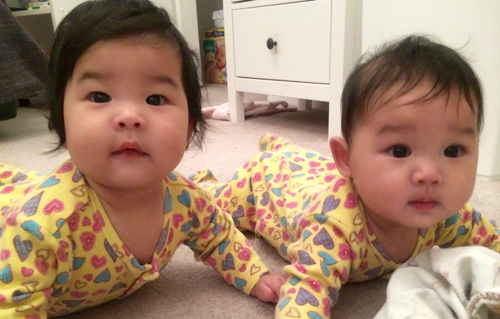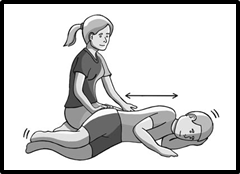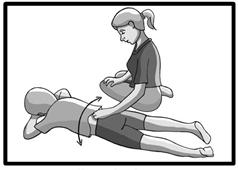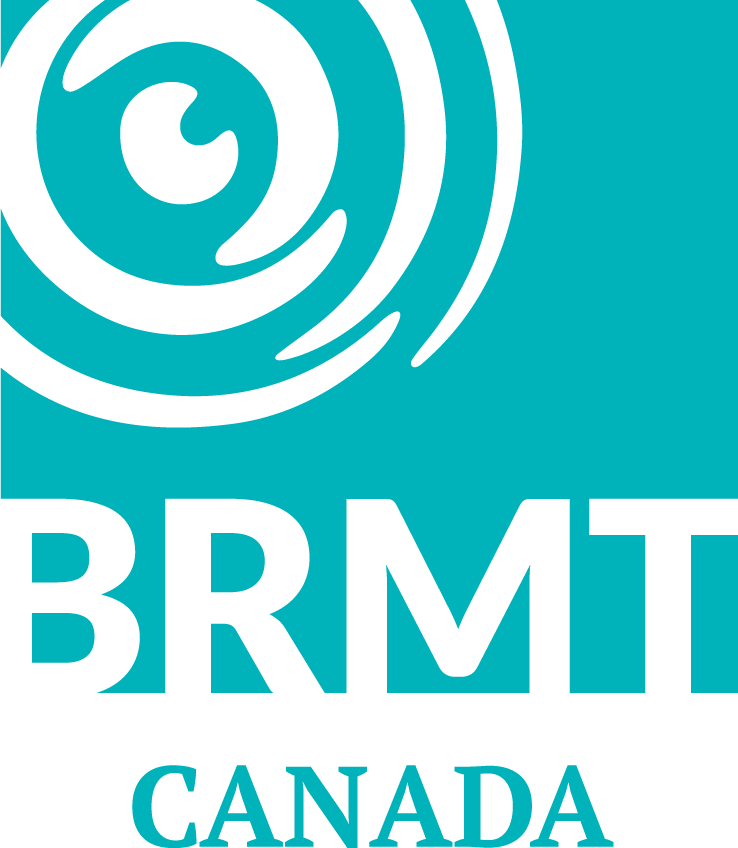Primitive Reflexes
Primitive reflexes are reflex actions originating in the central nervous system that are exhibited by normal infants, but not neurologically intact adults, in response to particular stimuli.
Importance of Primitive Reflexes
The brain of the fetus is stimulated by these spontaneous movements, which start as early as the second month of pregnancy, and by the mother’s respirations, heartbeat, and movements. Later, when the vestibular, tactile, and kinesthetic senses have developed, they will also stimulate the development of the brain. The motor response of the baby to these sensory inputs is deemed a reflex reaction. Reflexes control the vital functions of life including: breathing, heart rate, and blood pressure control. These reflexes remain all of our lives.


To differentiate, there is also a group of reflexes called the primitive reflexes that develop in utero and should only remain active for the first few months of life. They are called primitive reflexes because they originate in the brainstem, the first part of the brain to develop. During the first year of life, the primitive reflexes mature and become integrated into the whole-body movement pattern of the baby. By practicing rhythmic movements, the baby inhibits and integrates these reflexes one after the other.
Types of Reflexes
These are examples of some of the early reflexes that influence our life and learning.
Learn more about all these reflexes in the Blomberg Rhythmic Movement Training (BRMT) courses.
Postural Reflexes
- The Amphibian Reflex
- Crawling Reflex
- Neck and Head Righting Reflexes
Bridge or Transitional Reflexes
Primitive to Postural Reflexes
The primitive reflexes integrate into postural reflexes. It is only as postural reflexes replace primitive reflexes that the infant begins to gain control of body movements such as rolling, crawling, sitting, standing and walking. Postural reflexes support control of balance, posture, coordination, and overall physical and emotional wellbeing. Most of the postural reflexes are life-long and designed to ensure our survival, especially during stressful situations as we mature into adulthood. Postural reflexes are controlled by the neocortex, while primitive reflexes are controlled by the brain stem.
If these primitive reflexes are not inhibited during infancy or early development, they remain ‘active’ in the body, and may cause challenges with a child’s sensory perception, learning, attention, impulse control, self-regulation, behavior, communication, and motor control.
If children with developmental delays fail to integrate reflexes, some of the primitive reflexes may remain present and the postural reflexes do not develop fully.
Dr. Harald Blomberg suggests using passive rhythmic exercises to stimulate the nerve chassis, or brain stem. By passively rocking infants, children and even adults in different ways, the brain stem will be stimulated to improve muscle tone. This improved muscle tone helps to mature primitive reflexes and stimulate spontaneous movements. Dr. Blomberg believes that replicating specific stages of development through repetition of movement patterns gives the brain a ‘second chance’ to integrate the reflexes that remain unintegrated from the first year of life. A sample of 2 of these passive movements are passive stimulation from the hip and passive rolling of the hips side to side.

Passive stimulation from the hip in a fetal position

Passive rolling the hips in prone position
To learn more, attend a Blomberg Rhythmic Movement course or workshop!
We are always adding new course dates and locations.
